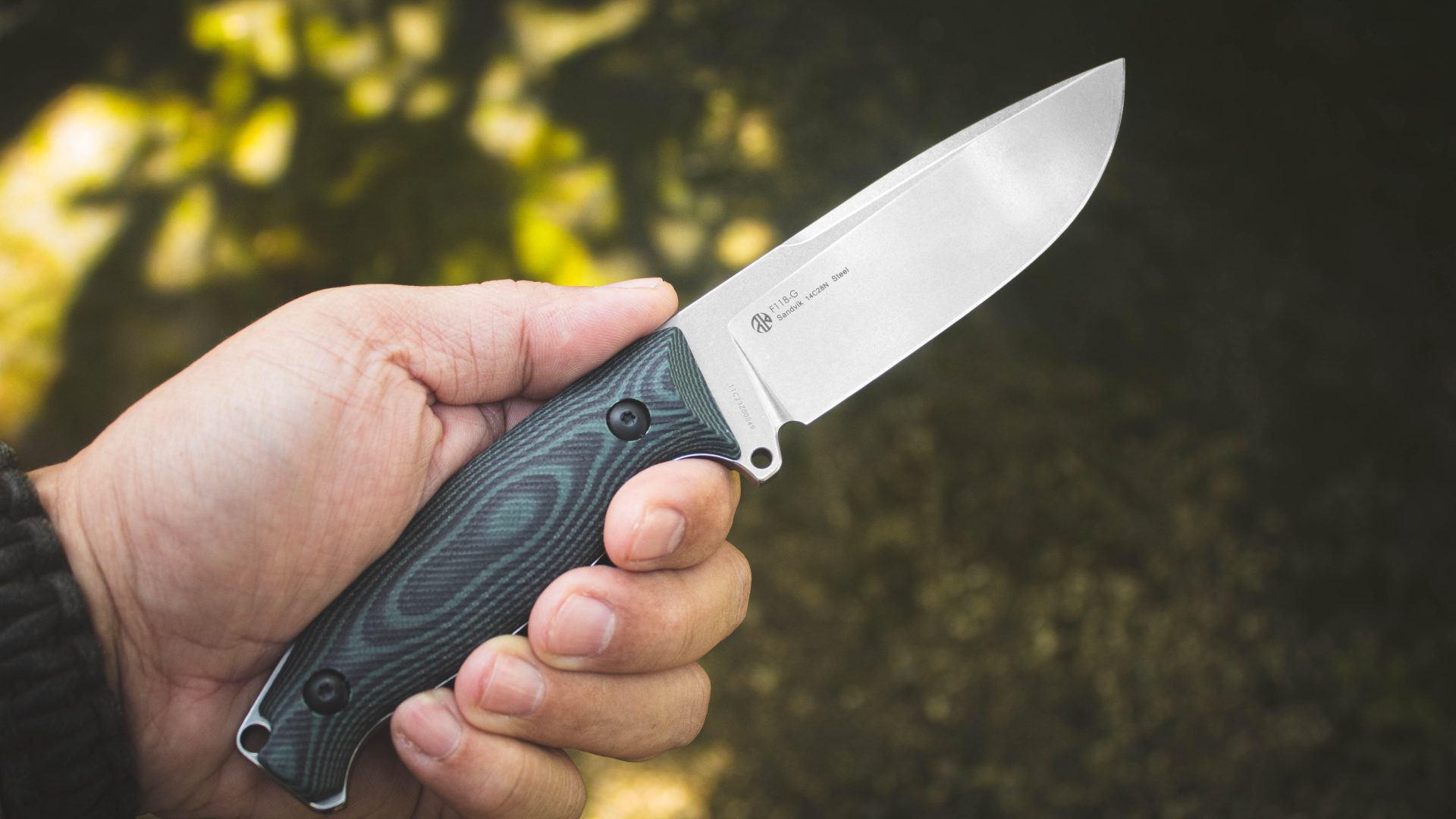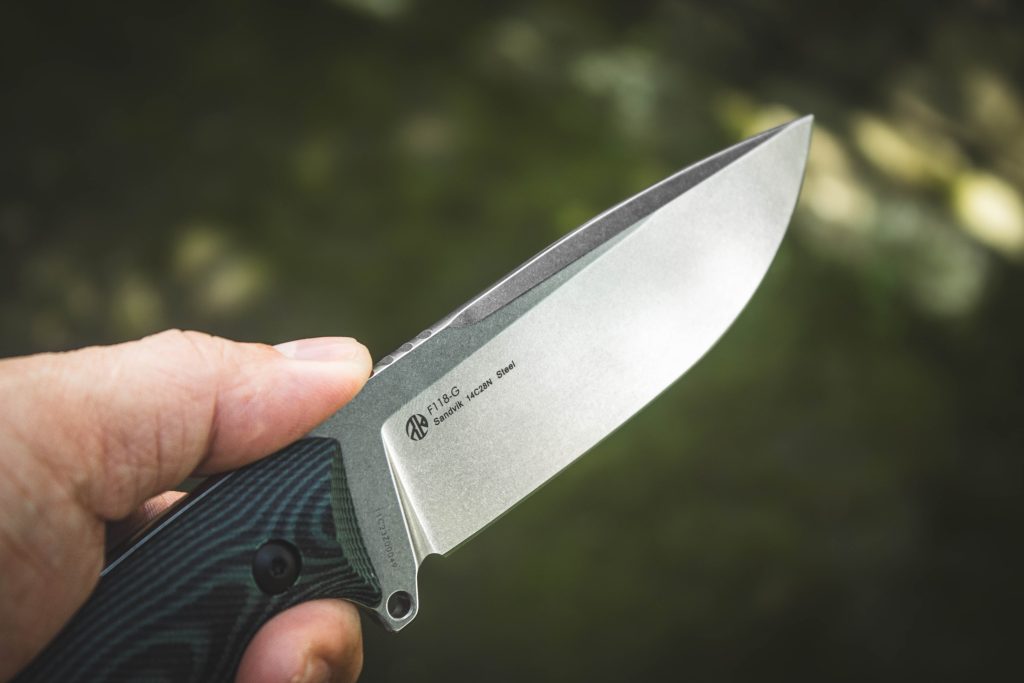
When it comes to reliable cutting tools, few items are as timeless or versatile as fixed blade knives. If you’ve ever wondered what are fixed blade knives and why they matter, this guide breaks down their design, advantages, and real-world uses. Whether you're an outdoor enthusiast, a survivalist, or someone who values preparedness, learning about them can help you make smarter gear choices.
A fixed blade knife is a knife with a solid, non-folding blade permanently attached to its handle. Unlike folding knives, which have hinges or joints, fixed blades are one continuous piece of metal (the tang) extending through the handle.
This simple yet robust design has existed for centuries, evolving from ancient tools to modern precision instruments. Fixed blades are favored for their strength and reliability. Without moving parts, they’re less prone to failure under stress, making them ideal for heavy-duty tasks. From carving wood to processing game, their durability makes them indispensable in demanding environments.
To appreciate why fixed blades excel, it helps to understand their components. Below is a breakdown of their key parts:
| Component | Description | Purpose |
|---|---|---|
| Blade | Cutting edge made of stainless or high-carbon steel. Shapes include drop point, tanto, and clip point. | Determines cutting efficiency and task suitability (e.g., piercing, slicing). |
| Tang | Unseen portion extending into the handle. Full tang mirrors the handle’s width. | Provides structural integrity; full tang maximizes durability. |
| Handle | Made from materials like G-10, Micarta, wood, or leather. | Ensures grip comfort and control, even in wet conditions. |
| Sheath | Protective cover (leather, Kydex, or nylon) for safe storage and carrying. | Protects the blade and user; MOLLE-compatible options enhance portability. |
| Feature | Fixed Blade Knife | Folding Knife |
|---|---|---|
| Strength | No weak points; handles heavy tasks like batoning. | Hinges/joints can fail under stress. |
| Reliability | No risk of mechanism jamming in harsh conditions. | Moving parts may freeze or clog with debris. |
| Maintenance | Easy to clean (no crevices). | Requires disassembly to clean hinges. |
| Safety | No accidental closure during use. | Risk of blade closing if lock fails. |
| Portability | Bulkier; requires a sheath. | Compact; fits in pockets. |
One reason many professionals choose this type of knife is due to what is fixed blade construction: a solid, immovable design that delivers maximum strength. With no moving parts, it resists mechanical failure even under intense pressure, making it ideal for heavy-duty use.

Fixed blades are incredibly versatile. Here’s where they shine:
| Type | Pros | Cons | Best For |
|---|---|---|---|
| Stainless Steel | Rust-resistant; low maintenance (e.g., 14C28N). | Less sharpness retention than carbon steel. | Humid/wet environments (boating, fishing). |
| High-Carbon Steel | Holds sharper edge; tougher. | Requires regular oiling to prevent rust. | Heavy-duty tasks (batoning, chopping). |
| Material | Pros | Cons |
|---|---|---|
| G-10 | Durable, grippy, weatherproof. | Less aesthetic appeal. |
| Micarta | Mold-resistant; improves grip. | Can be slippery when dry. |
| Wood | Classic look; comfortable. | Requires sealing/oiling. |
Extend your knife’s lifespan with these steps:
| Feature | Details |
|---|---|
| Heritage | Founded in 1998; expertise from manufacturing for global brands. |
| Materials | Premium steels (14C28N) + ergonomic handles (G-10, Micarta). |
| Design | Full-tang construction; tested for balance and grip. |
| Use Cases | Outdoor adventures, survival, hunting, and tactical applications. |
Knowing what is a fixed blade knife helps you appreciate why it remains a go-to tool for professionals and adventurers alike. It’s more than just a knife—it’s a reliable partner in tough conditions. Thanks to its simple, durable design, it’s ideal for survival, field work, and daily challenges. By prioritizing blade steel, handle comfort, and sheath quality, you can select a knife that meets your needs.
For those seeking a blend of heritage and modernity, RUIKE’s fixed blades offer craftsmanship rooted in decades of experience. Whether you’re carving a trail or tackling daily tasks, a well-chosen fixed blade ensures you’re always prepared.